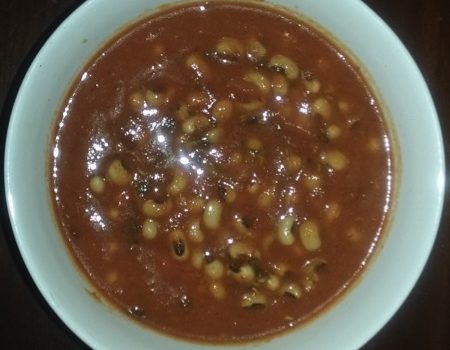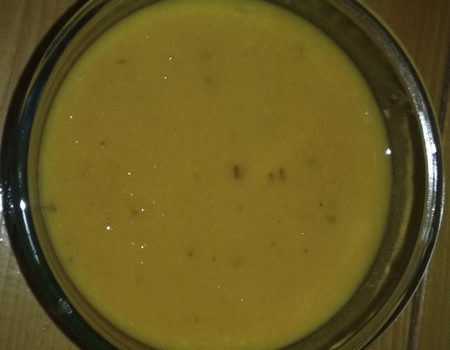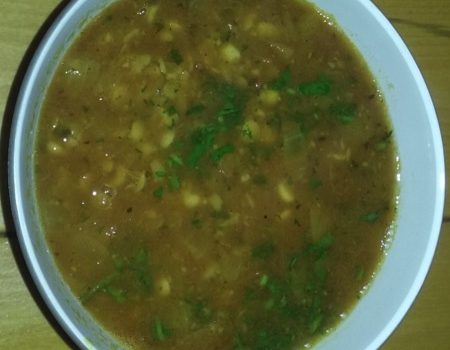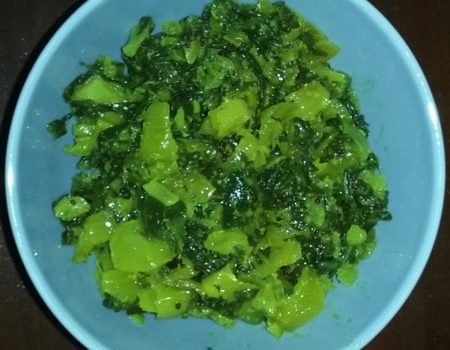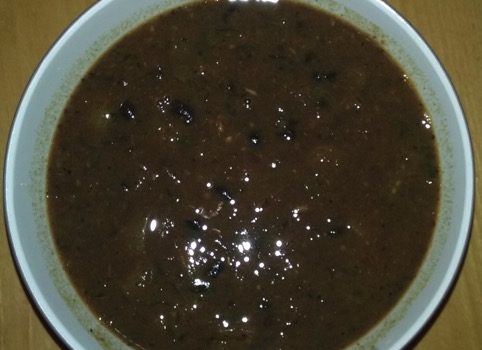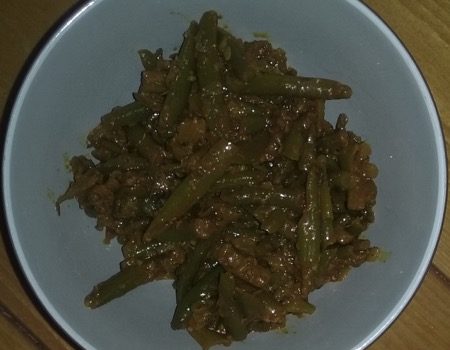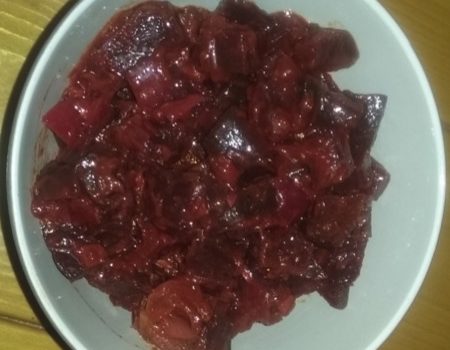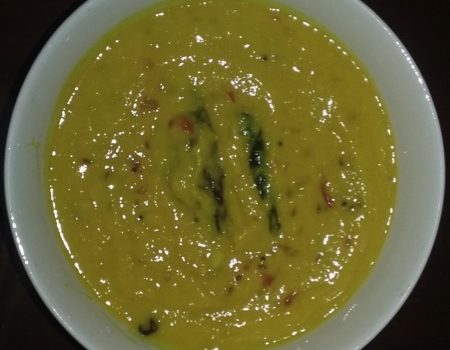If you are at a point on your kundalini journey, where you are being asked to work on acceptance, detachment or surrender, you might be well be asking yourself, How?
Everything on your journey slowly but surely leads you from understanding, to hereafter learning and then doing. Detachment’s first baby steps are taught through acceptance. Once that is well established, we then get taken to detachment and then finally to the glory of surrender.
These concepts are fairly demanding for many of us. Acceptance is just the simple act of allowing something, whatever it is to be the way it is. It is a state of non-resistance. Detachment, to me means separation. It is the act of separating yourself from what is taking place, not through a lack of care or concern, but by knowing and accepting that what is, is and what needs to be, needs to be, thereby allowing oneself to be in a state of observance [ detachment]. Detachment needs to be established so well, that you react to whatever is happening with calmness, neutrality, deep acceptance and as well as total detachment.
In detachment, you are in a state of awareness where by you are the participant, while simultaneously also the one who is observing. You are doing whilst still in awareness of what you are doing. Speaking and yet in awareness of what are saying. It is a state of awareness, that needs to be developed within oneself. This state applies to your thoughts, emotions and actions.
It is knowing and practicing this at the deepest level of your being as well as in your daily life that will allow your kundalini to ascend. Knowledge without the practice of it in your life, is not going to get you where you want and need to go. One needs to accept things in one’s life, without any camouflaging. This in and of itself takes time to work on and get comfortable with.
Then we slowly get to a level of awareness, where one not only needs to detach from what is, but one needs to do it in a manner of total surrender. There cannot be even a hint of resistance. This state funnily enough after the other states feels almost like a relief. It feels like the burden you were forcing yourself to carry around, was pointless. It finally dawns on you that the heavy lifting of life can be taken care of, if you just allow it to be!
Only recently did I understand that one leads to the other, only to finally join together. Acceptance does lead you to detachment which does lead you to surrender. All taking you towards god’s blessing for you.
Funny how the entire kundalini journey is that way, initially it feels as though each part is isolated in its ways and effects on you and then one day you begin to see the dots finally joining together, to get you ready for god’s ultimate blessing.


